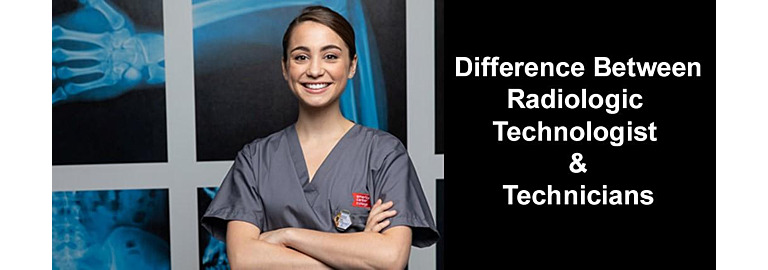Z&Z Medical offers a wide variety of stretchers with unique features and designs which makes shopping for the stretcher to meet your specific needs easy! Below are a list of the most commonly requested stretchers for Imaging:
General Transport Stretcher – a basic stretcher for patient transport. Easy to use and priced well for most budgets.
Bariatric Stretchers are optimal for bariatric patients up to 1000 lbs. This stretcher can even fit through standard doors and passageways.
Hydraulic Stretchers are versatile and commonly used in transport, procedure, and recovery settings. With sturdy hydraulic elements, you can easily change the height with the push of a simple foot pedal. Designed with a shortened base for positioning in small rooms with large imaging equipment.
All Purpose Electric Powered Stretchers Versatile, easy to use, and time-efficient. Treat, transfer, and transport patients on a comfortable chair configuration. Provides positioning capabilities for a variety of procedures and all phases of treatment. Pre-induction, transport, treatment, and recovery can be performed on the same unit to improve case turnaround and streamline patient handling. Reduces staff time and prevents staff injury involved in transferring patient during various phases of care.
Multi Purpose Stretchers can be used as a stretcher, a chair, and even an exam/treatment table. This stretcher performs a lot of functions while taking up very little space and comes with a wide variety of optional accessories for a wide variety of imaging and medical procedures. Ideal for ER, PACU, OR, and L&D departments. Its multiple uses help eliminate patient transfers providing cost and time savings and enhanced safety for both patients and staff.
MRI Stretchers and Compact Adjustable Trolleys are designed to take patients in and out of MRI suites safely. MR safe.
Trauma Stretchers is intended for transport, treatment, and recovery of patients’ intra-and inter-departmentally in healthcare facilities. This unit offers unparalleled full-length X-ray capabilities, a treatment table and easy-rolling casters to provide full mobility.
Fluoroscopy Stretcher is designed for use with C-Arms for fluoroscopy-guided procedures. The unique design, with a proprietary sliding radiolucent top, enables a broader range of imaging capacity without repositioning the patient. The hourglass-shaped trim base accommodates a wide range of C-Arms. The security of a specialty imaging table with the mobility of a stretcher. It’s full-length radiolucent top is perfect for surgery, interventional, and pain management procedures.
Take a few moments to browse the wide selection of radiology imaging and medical stretchers that we have to offer at www.zzmedical.com




